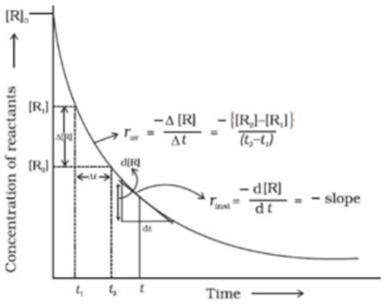In this article, we shall understand the meaning of interpretation of Statutes. Interpretation of Statutes is a systematic study of the rules of interpretation which regulate the interpretation of statutes and to explain their effect and operation. In the words of Salmond, “Legislation is that source of law which consists in the declaration of legal […]
Deemed Decree

Indian Legal System > Civil Laws > The Code of Civil Procedure > Deemed Decree In this article, we should study the orders which are deemed decrees and the orders which are considered to be deemed decree and the orders which are not a decree. Deemed Decree: An adjudication which does not formally fall under […]
CPC: Definition Clause

Indian Legal System > Civil Laws > The Code of Civil Procedure > Definition Clause Definition Clause is a dictionary of the word used in the statute which is useful in interpreting the statute. It gives the meaning of that word or phrase related to the statute. Objects of this clause are to provide for […]

Science > Chemistry > Chemical Kinetics > Introduction to Chemical Kinetics In this article, we shall discuss the concept of chemical kinetics, rate of reactions, and types of reactions on the basis of their rates. Rate of Reaction: The branch of chemistry, which deals with the rate of chemical reactions, the factors affecting the rate […]
Dual Nature of Radiations
Science > Chemistry > Atomic Structure > Dual Nature of Radiations Light and other electromagnetic radiations have dual nature viz: the particle nature and the wave nature. Wave Nature of Radiations: Radiation is the form of energy, which can be transferred from one point to another point in space. Radiations are considered to be transmitted by wave […]
Science > Chemistry > Atomic Structure > Heisenberg’s Uncertainty Principle In this article, we shall study Heisenberg’s uncertainty principle, the concept of quantum numbers, and the model of an atom based on the quantum numbers. Heisenberg’s Uncertainty Principle: Werner Heisenberg a German physicist in 1927, stated the uncertainty principle which is the consequence of dual behaviour of […]

Science > Chemistry > Atomic Structure > Quantum Numbers and Quantum Model of an Atom In this article, we shall study the concept of quantum numbers and the model of an atom based on the quantum numbers. Concept of Quantum Numbers: In 1926, Erwin Schrodinger put forward a theory of atom called as a quantum […]

Science > Chemistry > Atomic Structure > Quantum Numbers and Shapes of Orbitals In this article, we shall study the concept of quantum numbers and different types of orbitals and their shapes. Difference Between Shell, Subshell, and Orbital: All electrons that have the same value for n (the principal quantum number) are in the same […]
Electronic Configuration

Science > Chemistry > Atomic Structure > Electronic Configuration The distribution of electrons in various shells and orbitals of an atom is known as electronic configuration. Generally electronic configuration is given by nlx. Where n is shell number, l is subshell and x are the number of electrons. Aufbau Principle: The arrangement of the electrons […]
Rutherford’s Atomic Model

Science > Chemistry > Atomic Structure > Rutherford’s Atomic Model In this article, we shall study Thomson’s model of an atom and its deficiencies and Rutherford’s atomic model and its deficiencies. Thomson’s Model of an Atom: J. J. Thomson, in 1898, proposed that an atom possesses a spherical shape (radius approximately 10–10 m) in which the positive charge […]